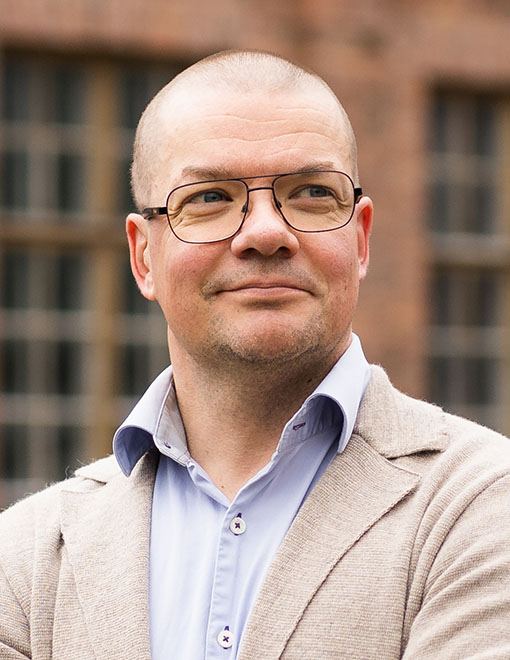10/05/2023
Hydrogen alone will not solve the green transition – the possibilities of carbon dioxide should be considered as well
Currently, there is a lot of talk about Finland’s opportunities in terms of the green transition. In particular, the potential of the hydrogen economy and related industrial-scale projects have been prominently highlighted. A lot is counting on hydrogen, but it alone will not solve the challenges of the future – carbon dioxide will be needed alongside it.
Our main challenge is to accelerate the decoupling from fossil energy. As such, hydrogen can replace polluting technologies, such as using carbon to reduce iron or fossil fuels to power ship engines, but at the same time we should invest in increasing the share of renewable energy. The goal is to circulate carbon so that it is not tied to the production and use of energy.
Drawback of renewable energy is the cyclicality of production
The challenge with renewable energy production is its variability, which is why we need ways to store renewable electricity. A cost-effective method still does not yet exist, and hydrogen is being counted on for this purpose as well. Hydrogen can be produced by electrolysis when renewable electricity is available in excess, which can be considered as one way to store energy.
There are also plans to transfer hydrogen between where it is produced and where it can be used. However, hydrogen is a challenging element that is difficult to transport over longer distances efficiently and safely, and its storage is not without problems either.
Hydrogen should be further refined
To make it easier to transfer hydrogen, some other commodity should be produced from it through synthesis processes. Among these, one of the main refining chains uses nitrogen to produce, for example, ammonia. Another refining chain concentrates on hydrocarbons: for example, methane or methanol can be produced from hydrogen and the carbon contained in carbon dioxide.
Hydrogen refining chains can be extended very far into the production of various polymers. Refining branches may also eventually merge. For example, it is possible to produce carbamide from ammonia and carbon dioxide, which is in demand as a raw material in the fertilizer industry.
The hydrocarbon synthesis chain is very interesting because our economy is still strongly based on hydrocarbons, and a lot of infrastructure for their production, distribution and use already exists. According to some estimates, the global production capacity of CO₂-based products will quadruple at least by 2030.
New markets emerging around the carbon cycle
Synthesis processes that utilize hydrogen therefore need carbon dioxide, which must be able to be recovered in the future. Carbon-related regulation will only continue to increase. For example, in 2023, the EU’s Carbon Border Adjustment Mechanism (CBAM) will enter into force, which aims to reduce carbon leakage outside the EU.
Before long, a market will form around carbon other than in the form of emission rights. This, in turn, will accelerate the development and introduction of new technologies. Basically, technologies are already available for many needs; they just need to be combined and conceptualized. The main challenges involve the profitability and financing of industrial-scale projects.
Key question: what is the added value for Finland?
In projects involving new technologies, demonstrating profitability is everything, and the focus is typically on risk management due to the scale of these projects. From Finland’s perspective, it is vital that credible consortia can be gathered behind the planned projects so that as many ideas as possible make it from the drawing board to implementation. Various support elements and wise political decisions are also needed to promote these projects.
In terms of the added value for Finland, it is important to expand the public discussion from just hydrogen to refined products that actually produce added value and to start looking at future solutions also from the perspective of the carbon cycle. This represents a big opportunity for our country, as long as we make the right solutions together!
Want to know more? Check out these related articles:
Teemu Turunen
Our employees are the key to our success, and we treat them with respect. Hear from those who know it best – here is one of the stories from Teemu Turunen, currently working as Business Development Director at Elomatic.
Note: video is in Finnish
Carbon will still be needed in the future – how can it be recycled?
Carbon dioxide is a so-called greenhouse gas that adversely affects global warming. At the same time, the production capacity of carbon dioxide-based products is expected to at least quadruple by 2030. This means that carbon will continue to be needed, but it must be captured or cycled through processes using various technologies.

